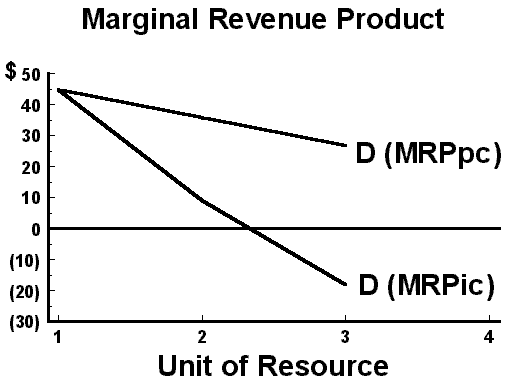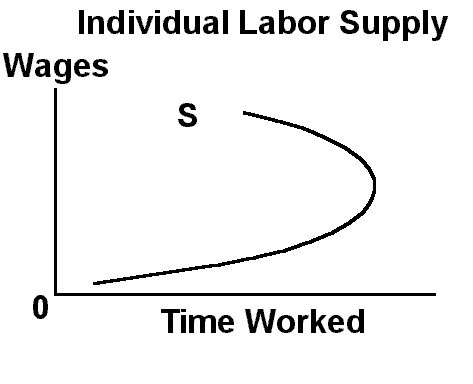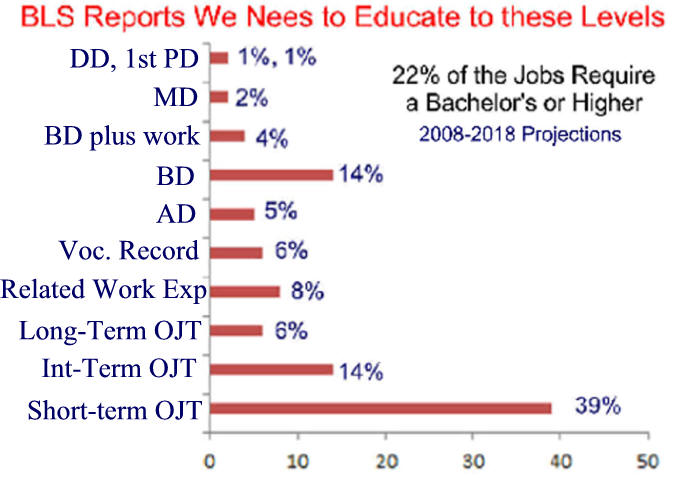|
I.
Significance of resource (factor) pricing significance
A. Factor allocation (land, labor, capital, enterprise) will be analyzed.
B. The combination of "factors" used in production determines
1. economic
efficiency
2. income
distribution among factor owners (rent, wages,
interest, and profit)

II. Determining resource prices
A. Supply and demand is the key mechanism for determining resource prices.
B. This chapter provides an overview of what determines resource demand.
C. Chapter 28 examines the supply and demand for
labor.
D. Chapter 29 examines the supply and demand for land, capital and enterprise.
E. Monopoly interference will come from
1. Big companies
2. Big unions
3. Big governments
4. Big buying groups like
American Association of Retired Persons
F.
Check out
AP Microeconomics Review Material!
III. Resource demand is "derived"
from
A. Factor productivity
B. Final product profitability (selling price)
C. A highly productive resource making an expensive, highly
profitable product,
commands the highest factor price.
The idea is to work for a successful
company in an
expanding industry.
|








